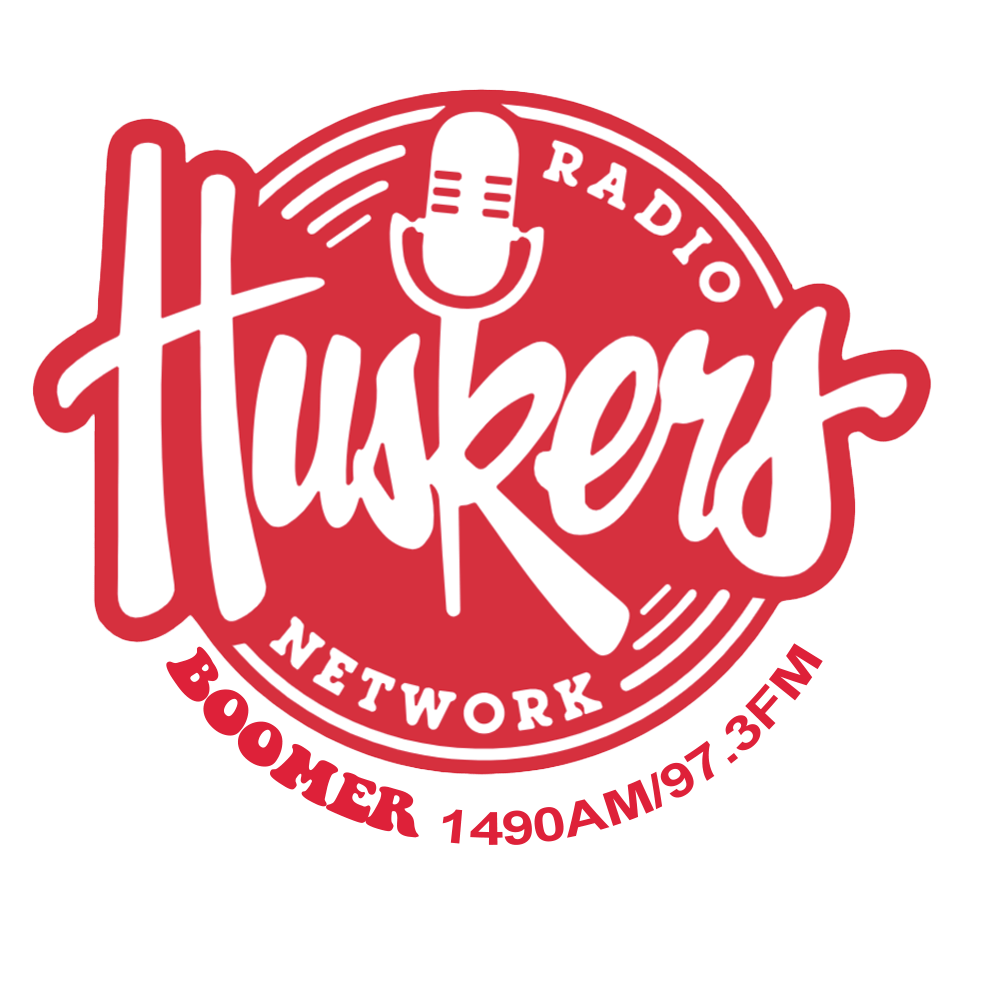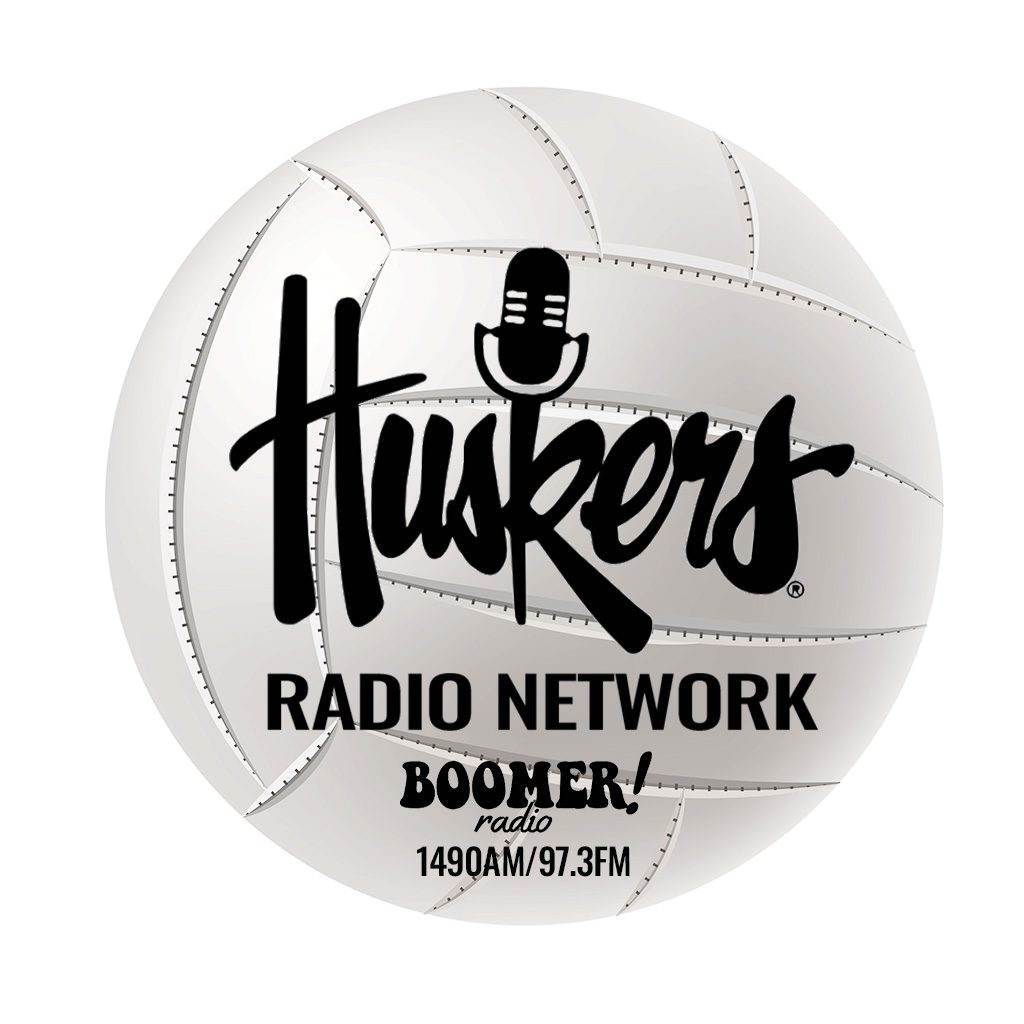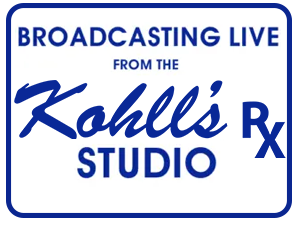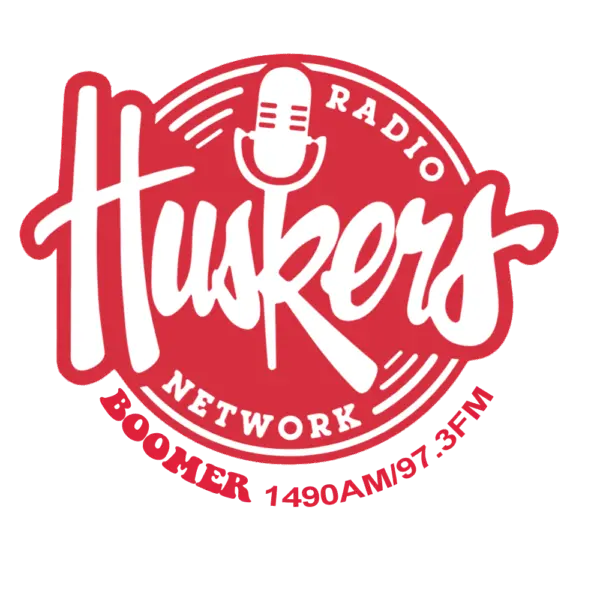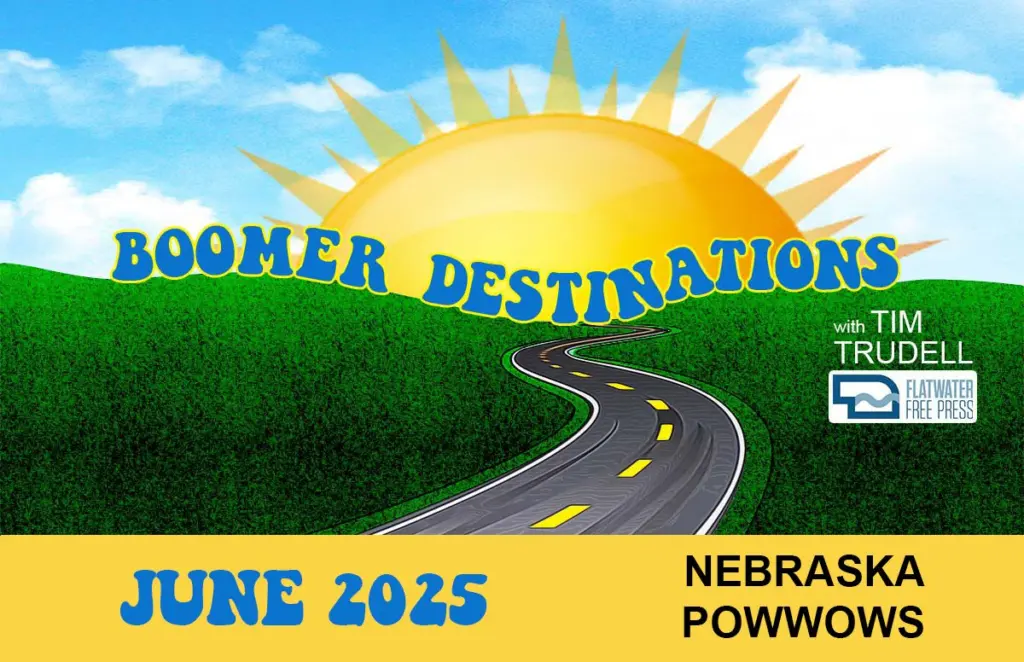
Boomer Destinations: Nebraska Powwows
By Tim Trudell
Four Indigenous nations call Nebraska home. Historically, about 15 Native American tribes have lived in the state. The Pawnee (now in Oklahoma) was once the dominant tribe.
Tribes celebrate their history, culture and traditions in multiple ways, but a popular event is the powwow, a multi-day festival of music, dances, food and fun. Powwows have both a community and spiritual feel about them.
Open to the public – some charge a nominal admission fee – tribes encourage non-Natives to attend their powwow. Sharing culture is one way to bring people together, introducing them to new foods, different cultures and different ways that may separate us as people, but, in the end, unite us.
Powwow schedules
Powwows begin with Grand Entry, when performers of all styles enter the dance grounds, moving in a circle. Dances typically start at 7 p.m. on Thursday and Friday, 1 and 7 p.m. on Saturday and 1 p.m. on Sunday.
Santee Wacipi
The summer’s dances begin with the Santee Dakota wacipi (Dakota/Sioux for dance). The iSanti Wacipi (iSanti is our traditional name) runs June 27-29. The powwow recognizes the tribe’s arrival in Nebraska, following its forced removal from Minnesota after the 1862 Dakota-US War. The dance grounds are located in the spot where the Santee crossed the Missouri River, marking the end of their 200-mile-long Trail of Tears from the Crow Agency in South Dakota. Santee is about 3 hours northwest of Omaha.
Winnebago Homecoming Celebration
The Winnebago (Ho Chunk) powwow covers four days – July 24-27. It’s the oldest powwow in North America. Officially known as the Winnebago Homecoming Celebration, the event honors Chief Little Priest and 75 scouts who returned home after serving in the United States military. Winnebago is about 90 minutes north of Omaha.
Ponca powwow
With its powwow taking place Aug. 7-10, the Ponca powwow is hosted at the tribe’s traditional headquarters in Niobrara (3.5 hours northwest of Omaha). With a statue of Chief Standing Bear watching over the dance grounds, enjoy a walk along the tribe’s cultural path and learn how he won the first civil rights case in Native American history.
Omaha powwow
The Omaha (Umoⁿhoⁿ) nation observes the harvest moon with its powwow Aug. 21-24. Susan LaFlesche Picotte became the first Native American physician. Her former medical center in Walthill is now a cultural center. The powwow is hosted at Macy, which is about 90 minutes north of Omaha.
Intertribal powwow
The annual Intertribal powwow is hosted at the Metropolitan Community College’s Fort Omaha campus, usually on the third Saturday of September. Fort Omaha was the site where Ponca Chief Standing Bear and his people were detained pending the 1879 court case, which resulted in a major civil rights victory. The ruling recognized Native Americans as people, with the right of Habeas Corpus. It allowed Standing Bear and others to return to their traditional home near Niobrara rather than be forced to live on the Oklahoma reservation, where the federal government had relocated them.
Other powwows
The University of Nebraska-Lincoln, Creighton University and University of Nebraska-Omaha host powwows in mid-April. North Platte’s annual powwow takes place July 18-20. The Lincoln Indian Center also hosts an annual powwow.
Know before you go
Before attending a powwow, it’s important to understand the etiquette involved.
Circle
Everything about a powwow features the Circle. The Circle plays an important role in Native American tradition. While its meaning varies between tribes, it’s generally accepted that the Circle means a never-ending world, where time is fluid and everyone is treated equally. The Circle should never be broken. So, when you’re at a powwow, do not walk through a drum group’s setting, across the dance grounds or anywhere else. Always walk around the Circle of the powwow. Your respect will be appreciated.
Drum group
The drum is the considered the heartbeat of the people or of the earth’s heart. It controls the flow of the powwow; it’s key to the dances. A drum is created by stretching hides over a wooden frame. It’s a tradition handed down through the years. It’s a special honor to be invited to the drum group. Drummers are also singers, who perform ceremonial and traditional songs in the native language. Stand during important ceremonial or historical songs; you’ll know when, just a keep an eye of your neighbors.
Military honors
Military service has always been important to Native Americans. They have the highest rate of military service among all ethnic groups on a per capita basis. During World War I, the United States offered American citizenship to Native Americans who served in the military. Less than 40 years earlier, a court at Fort Omaha – in a case involving Ponca Chief Standing Bear – recognized Native Americans as being human, with legal rights. Native Americans didn’t become U.S. citizens until 1924.
Grand Entry
Powwows begin with the Grand Entry of dancers led by military veterans carrying the tribe’s eagle staff, American and tribal flags. The three symbols are prominently displayed in the center of the dance grounds. Ringing the dance circle will often be American flags flying from poles. Some tribes use flags donated by the families of deceased tribal veterans, in their memory. Tribes may have drum groups perform songs for each service branch.
Regalia
Don’t ever refer to a dancer’s clothing as an outfit or costume. It is called regalia. Each dancer’s regalia is special to them, consisting of spiritual or family heirlooms. A lot of thought and planning go into creating a dancer’s regalia. Don’t touch it or ask to touch it.
Dances
We all attend powwows for the dances, right? There are plenty of them, too. From Fancy to Traditional, each dance has a meaning and style. Since the styles can differ regionally, the ones you’ll see at Midwest powwows include Fancy, Jingle, Shawl, Traditional and Grass (though not all-inclusive). A Fancy dance consists of wearing bright colors, fringe and steps that are quick and barely touch the ground. Jingle dancers wear – you guessed it – a lot of bells on their regalia. As they dance and move around the Circle, the cone bells will make jingly sounds.
Shawl dances can be fancy or traditional-style performances where the woman features her shawl as part of the movement. Traditional dances are slow-paced and may resemble a prairie chicken as the dancer reenacts hunting. Grass dancers may carry fans or carved bones with their regalia, as well as have bells on their moccasins.
Photos
Taking photographs of dances in action is acceptable, except during special moments or songs. If you happen by a dancer outside the circle, ask permission to take a photo of them.
Food
I think the next best thing to dances is the food at a powwow. If you’ve never enjoyed an Indian taco, order one (but, honestly, only from a Native cook). It is usually a large plate-sized piece of fry bread (homemade is always the best) – flattened dough that is deep fried or fried in a skillet. It’s topped with taco ingredients, such as ground beef, lettuce, tomatoes and onions. Sometimes, concession stands will have turkey legs, burgers, barbecue and corn on the cob (on a stick). Everything is delicious!
Crafts
As with any major event, vendors will be on-site to sell their wares. Powwows are one place to ensure you buy Native American-made art and crafts. They can range in price, from inexpensive to really expensive. But, remember, people have put a lot of time and effort into creating some beautiful pieces of art and clothing. Browse the vendors for the best deals. Don’t try to haggle. It’s disrespectful, and people will probably laugh at you.
Respect
In the end, the most important thing that you need to know about attending a powwow is to be respectful. Remember, you’re a guest on another sovereign nation’s soil. Tribes are considered their own nation in the eyes of the world and by treaty with the United States federal government (it’s a complicated relationship/history). Treat people as you would like to be treated.
However, if you have questions, please don’t hesitate to ask, within reason. If you want to ask about specific dances, the role of the drum, the master of ceremonies or even the tribe’s history, do so in a polite manner. People will be happy to share with you. After all, that’s part of attending a powwow


